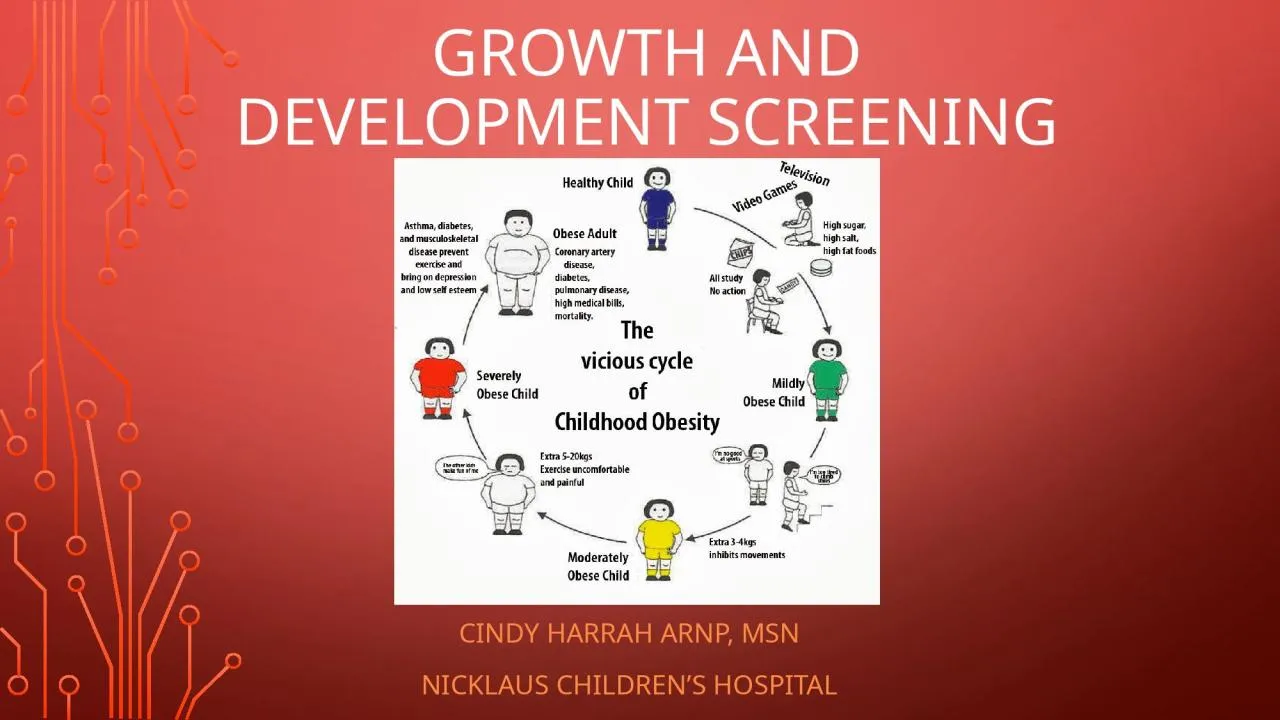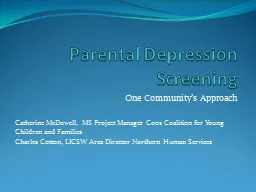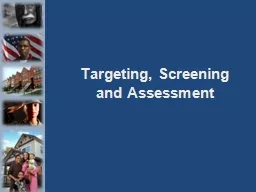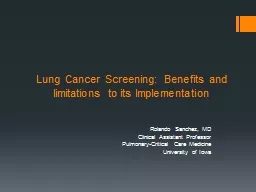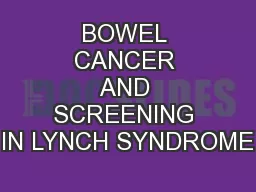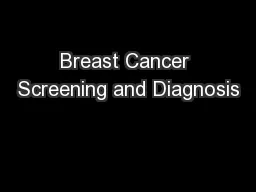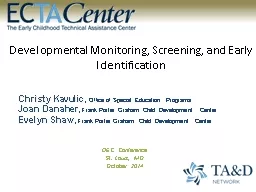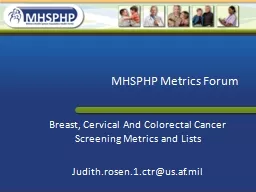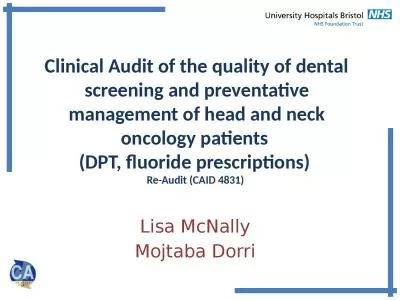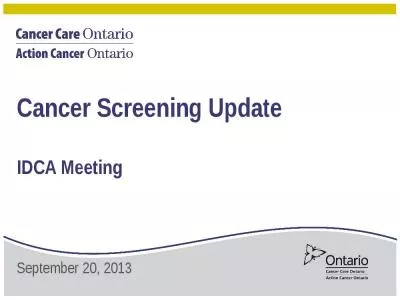PPT-Growth and Development Screening
Author : ethlyn | Published Date : 2022-06-01
Cindy Harrah ARNP MSN Nicklaus Childrens Hospital Bmi screening Mandates FL Statute 38100564a69 Provision of screenings Florida Administrative Code Chapter 64F6003
Presentation Embed Code
Download Presentation
Download Presentation The PPT/PDF document "Growth and Development Screening" is the property of its rightful owner. Permission is granted to download and print the materials on this website for personal, non-commercial use only, and to display it on your personal computer provided you do not modify the materials and that you retain all copyright notices contained in the materials. By downloading content from our website, you accept the terms of this agreement.
Growth and Development Screening: Transcript
Download Rules Of Document
"Growth and Development Screening"The content belongs to its owner. You may download and print it for personal use, without modification, and keep all copyright notices. By downloading, you agree to these terms.
Related Documents

